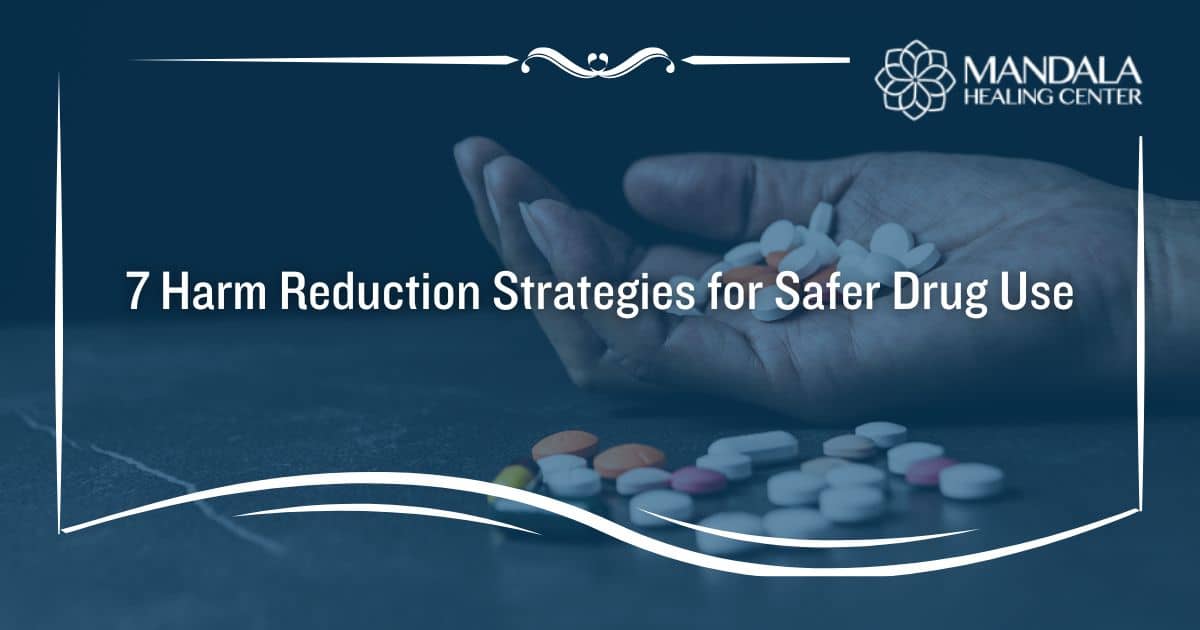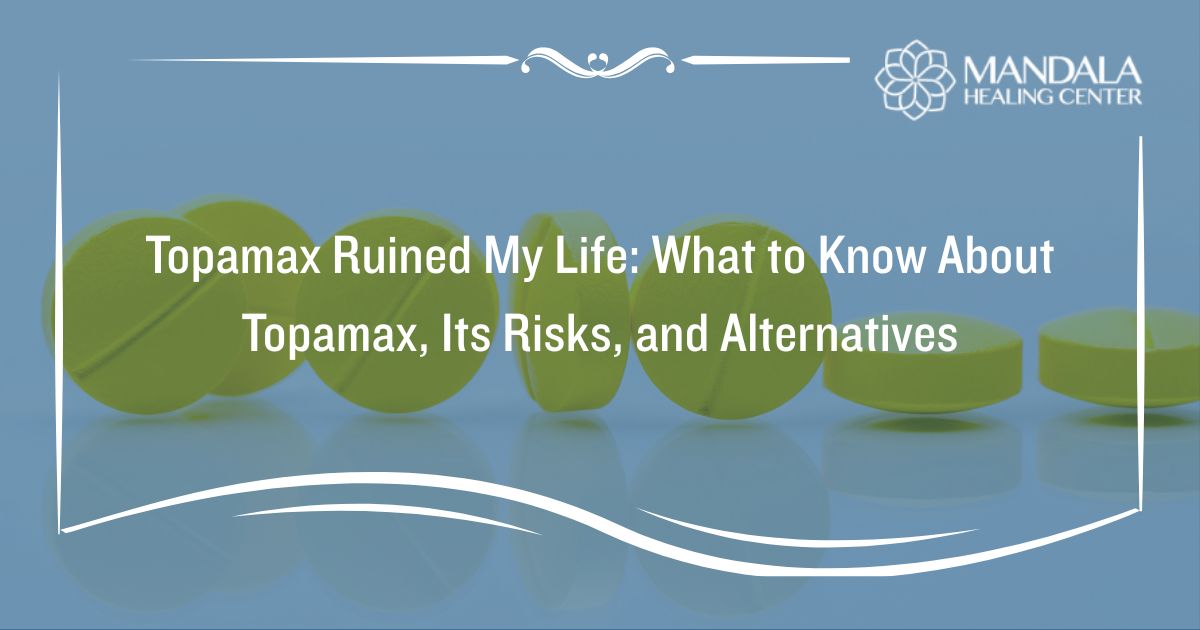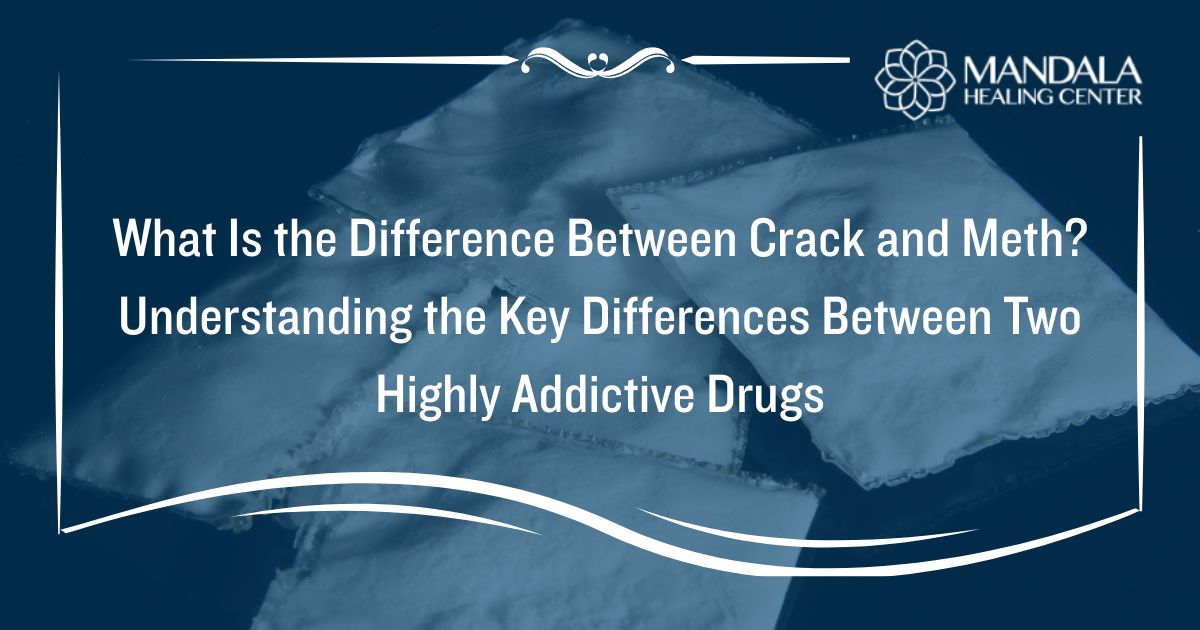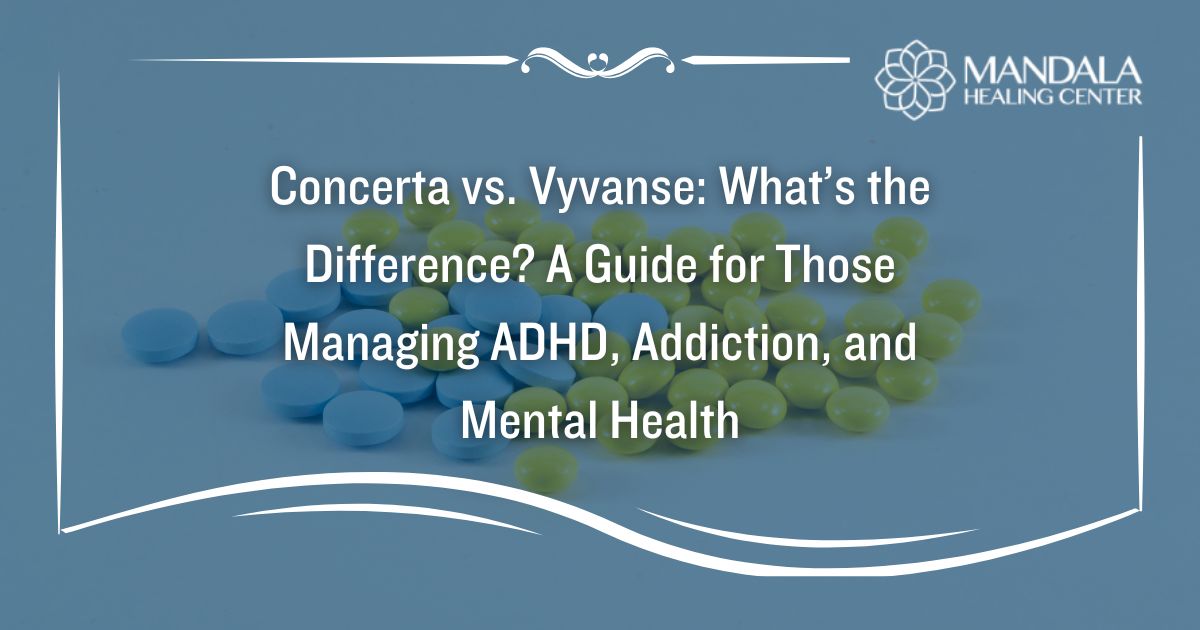According to the U.S. Department of Health and Human Services (HHS), “Among people aged 12 or older in 2021, 61.2 million people (or 21.9 percent of the population) used illicit drugs in the past year.”[1]
With drug use rates increasing each year, it’s important to understand that addiction can be incredibly dangerous. When you consider the amount of fentanyl being used as an adulterant in a wide range of street substances, it’s easy to see how any type of drug use can become deadly quickly. If you or a loved one struggles with a substance use disorder you should always seek professional addiction treatment.
While seeking drug and alcohol rehab is always the best course of action, many people don’t get the help they deserve. The National Institutes of Health reports that while 10% of the population struggles with addiction, 75% of them never receive the treatment they need.[2]
People who cannot access treatment still deserve all of the help they can get. If you or a loved one cannot attend treatment and are going to continue abusing substances, practicing harm reduction strategies for safer drug use is vital to your health.
Here are 7 useful harm reduction strategies:
1. Have a Plan in Place
When you are planning to go out and use drugs or drink alcohol, it’s important to always have a plan in place. This plan should be a list of techniques that will help keep you safe throughout the night.
An example of a good plan includes:
- Setting a limit on how much of a substance you will consume
- Spacing out your substance use throughout the night instead of doing it all at once
- Make an exit plan and leave safely
- Plan substance-free days so your body can recover
- Charge your phone before leaving and consider sending a loved one your location
- Never leave your drinks unattended
2. Never Drive Your Car
When you are planning to go out and use drugs or drink with your friends at a party, concert, or club, never drive your car. While you might think that you can drive safely under the influence, it can be difficult to gauge exactly how intoxicated you are until you are on the road and in a dangerous situation. Keep yourself and the people around you safe by planning to call a taxi, rideshare service, or take the bus.
3. Choose the Safest Method of Administration
There are many different ways that you can abuse substances, from smoking, snorting, swallowing, to even injecting. When you are planning on using a specific substance, you should always choose the safest method of administration. Typically, swallowing or smoking is the better option when compared to snorting and injecting.
If you choose to inject your drugs, you are putting yourself at an increased risk of overdosing, developing infections or contracting diseases from other people using the needle.
4. Never Share Needles
If you are addicted to shooting up drugs, you’re at risk of all types of health problems, but there are ways to reduce the harm associated with injecting drugs. The main thing you should avoid is sharing needles with other people.
Sharing needles can put you at an increased risk of developing serious diseases like hepatitis or HIV. According to the CDC, “About 1 in 10 new HIV diagnoses in the United States are attributed to injection drug use.”[3]
If you cannot afford to buy new needles, your local city might have a harm reduction organization that offers a needle exchange program. These programs allow you to turn in your dirty needles to receive a care package that includes new, clean needles for you to use.
5. Do Not Use Alone
When you are using illicit substances like heroin, methamphetamine, or even cocaine, you are at risk of experiencing a medical emergency like an overdose. Using alone can ensure that you do not receive the life-saving care you need in the case of an overdose. You should always plan to have a friend with you who can call emergency medical services just in case.
6. Use Fentanyl Test Strips
Fentanyl and other synthetic opioids are the leading cause of drug overdose deaths today, so you want to avoid using fentanyl at all costs. One of the most reliable ways of doing so is to use fentanyl test strips. Fentanyl test strips are drug testing devices that can detect fentanyl in your drugs.
7. Always Carry Naloxone
Lastly, whether you are an opioid user or not, you should always carry naloxone (Narcan). Naloxone is an opioid overdose reversal medication that can save your life if you experience an opioid overdose. Even if you are not an opioid user, your drugs could be tainted with a dangerous opioid like fentanyl.
Having naloxone with you at all times will ensure that you are ready just in case your drugs have been laced.
Find Help for Drug Abuse and Addiction
If you or a loved one are struggling with addiction, it’s time to seek help. Harm reduction strategies can reduce risk, but they don’t eliminate the root cause of the problem, and they aren’t foolproof.
At Mandala Healing Center, we go beyond the conventional approaches to recovery by offering a serene healing environment. Our South Florida drug rehab facility provides a level of comfort and safety that influences a patient’s positive attitude and response to detox. Situated on a peaceful 8-acre campus in West Palm Beach, The Mandala Healing Center is a retreat-like sanctuary designed to allow individuals to focus entirely on healing — body, mind, and spirit.
To learn more about our program or to find help for yourself or a loved one, please contact us today.
References:
- The U.S. Department of Health and Human Services (HHS): SAMHSA Announces National Survey on Drug Use and Health (NSDUH) Results Detailing Mental Illness and Substance Use Levels in 2021, Retrieved May 2023 From https://www.hhs.gov/about/news/2023/01/04/samhsa-announces-national-survey-drug-use-health-results-detailing-mental-illness-substance-use-levels-2021.html
- The National Institutes of Health (NIH): 10 percent of US adults have drug use disorder at some point in their lives, Retrieved May 2023 From https://www.nih.gov/news-events/news-releases/10-percent-us-adults-have-drug-use-disorder-some-point-their-lives
- The Centers for Disease Control (CDC): HIV and Injection Drug Use, Retrieved May 2023 From https://www.cdc.gov/hiv/basics/hiv-transmission/injection-drug-use.html?CDC_AA_refVal=https%3A%2F%2Fwww.cdc.gov%2Fhiv%2Frisk%2Fidu.html












